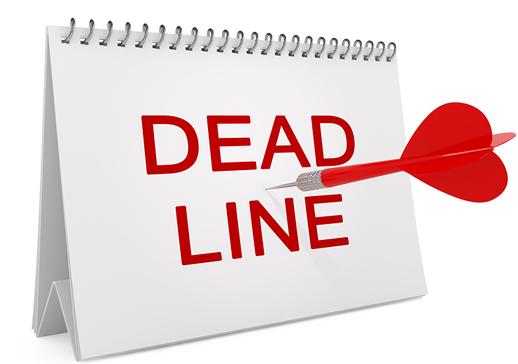Marketing Plan Report: Introducing an Amended Product for Nespresso
Develop a marketing plan (report format) to roll out a amended productBuilding upon the work completed in your previous assignment ( Nespresso), you are required to suggest either: an entirely new product that can be introduced to the market; an alteration to an existing product.In doing so, it is expected that you will:
- Clearly identify the business vision and mission;
- Clearly understand the current market situation of the or consider opportunities and threats for the future;
- Determine marketing objectives that will assist the organisation in moving further towardits business vision and mission;
- Develop a high-level marketing plan that provides an outline for the company to follow.
There will be 5 sections.
Section 1 Identify Business Vision and Mission (suggested word count: 100 words)
Section 2 Conduct a Marketing Audit (suggested word count: 400 words)
Section 3 Determine Marketing Objectives (suggested word count:250 words
Section 4 Develop a High-Level Marketing Plan (suggested word count: 1000 words
Section 5 Conclusion Minimum of 10 references.

 Our orders are delivered strictly on time without delay
Our orders are delivered strictly on time without delay  Our orders are delivered strictly on time without delay
Our orders are delivered strictly on time without delay 


